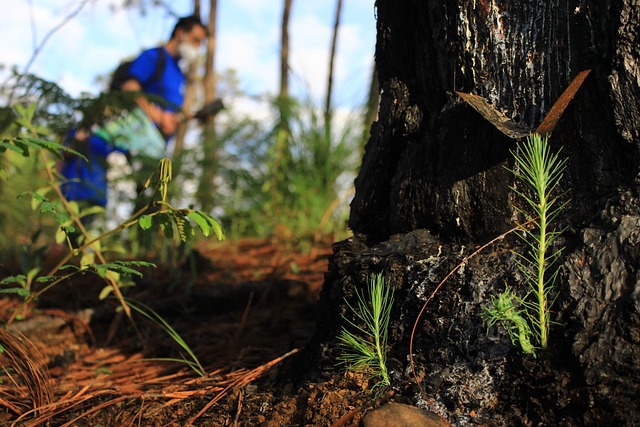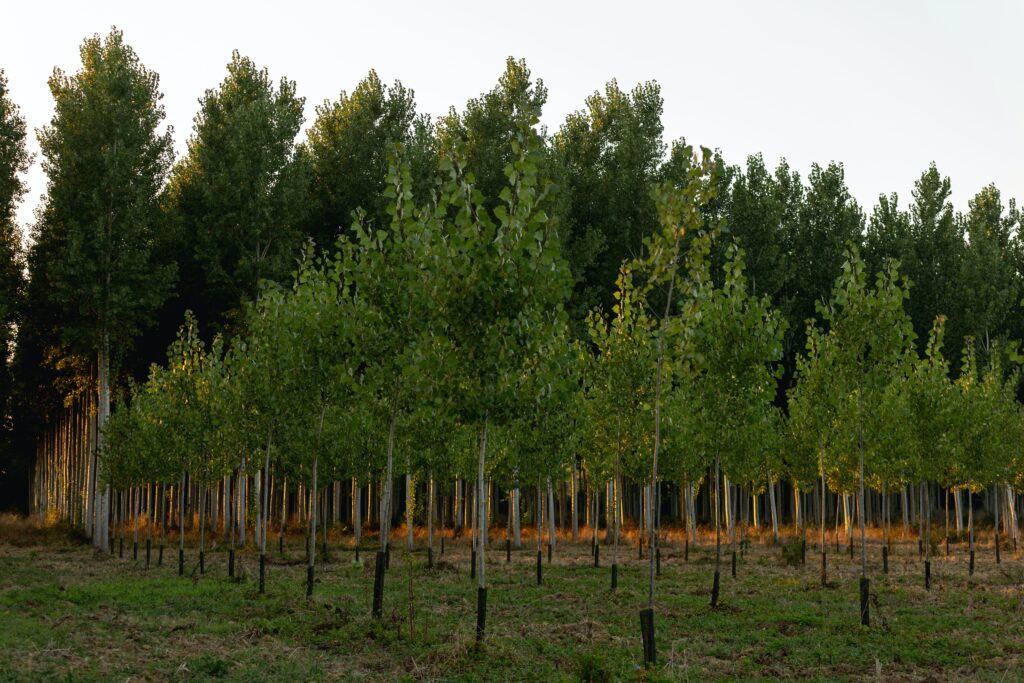In our ever-changing world, the need for environmental conservation and protection has become more urgent than ever. One powerful and effective method of healing the Earth is through reforestation. The simple act of planting trees not only aids in mitigating climate change but also rejuvenates ecosystems, promotes biodiversity, and safeguards our natural heritage. In this article, we will delve into the transformative practice of reforestation and explore the myriad ways it contributes to the well-being of our planet.

The Significance of Reforestation
Reforestation, which is the deliberate process of replanting trees in deforested or degraded areas, holds immense significance in the battle against environmental degradation. This practice is a direct response to the rampant deforestation and habitat destruction that our world has witnessed in recent decades. Trees are nature’s champions, capable of performing a wide array of essential functions in maintaining ecological balance.
Climate Change Mitigation
One of the most pressing issues of our time is climate change, and reforestation plays a pivotal role in mitigating its impacts. Trees act as natural carbon sinks, absorbing carbon dioxide from the atmosphere during photosynthesis and storing it as carbon in their trunks, branches, and roots. This process reduces the concentration of greenhouse gases in the atmosphere, helping to slow down global warming.
Erosion Control
Reforestation is also instrumental in preventing soil erosion. The roots of trees hold the soil in place, preventing it from being washed away by heavy rains or blown away by strong winds. In areas prone to desertification or landslides, planting trees can help stabilize the land and protect vulnerable communities from natural disasters.
Biodiversity Preservation
Forests are teeming with life, from insects to birds and mammals, and they provide essential habitats for countless species. Reforestation efforts help to restore these vital ecosystems, supporting the return of native flora and fauna. As the forest regenerates, it creates a web of life where different species interact, promoting biodiversity and ecological resilience.
Restoration of Watersheds
Forests play a crucial role in maintaining healthy watersheds. Trees help to regulate water flow, purify water, and maintain the health of rivers and lakes. When forests are removed, these functions are disrupted, leading to water pollution, reduced water quality, and an increased risk of floods and droughts. Reforestation in watershed areas can help restore these vital functions.
Cultural and Recreational Benefits
Forests are not only essential for ecological reasons but also hold cultural and recreational significance. People have relied on forests for resources, such as wood and medicinal plants, for centuries. Additionally, forests provide opportunities for recreational activities like hiking, camping, and bird-watching. Reforestation ensures that these cultural and recreational resources are preserved for future generations to enjoy.

The Role of Reforestation Organizations
Reforestation efforts are often led by dedicated organizations and individuals who understand the importance of this work. These organizations work tirelessly to plant trees, restore natural habitats, and raise awareness about the critical need for reforestation. By supporting and collaborating with such organizations, we can amplify the impact of reforestation initiatives.
Get Involved
You too can contribute to healing the Earth through reforestation. Here are some ways to get involved:
- Volunteer: Join local reforestation projects or organizations and participate in tree-planting events.
- Donate: Support reforestation organizations financially to help them continue their vital work.
- Advocate: Raise awareness about reforestation and the importance of preserving forests within your community and on social media.
- Plant Trees: Consider planting trees in your backyard or on your property if possible. Every tree makes a difference.
In conclusion, reforestation is a powerful and multifaceted approach to healing the Earth. It addresses a range of environmental challenges, from climate change and biodiversity loss to soil erosion and water quality. By recognizing the importance of reforestation and taking concrete steps to support and participate in such efforts, we can contribute to a healthier, more sustainable planet, one tree at a time.
